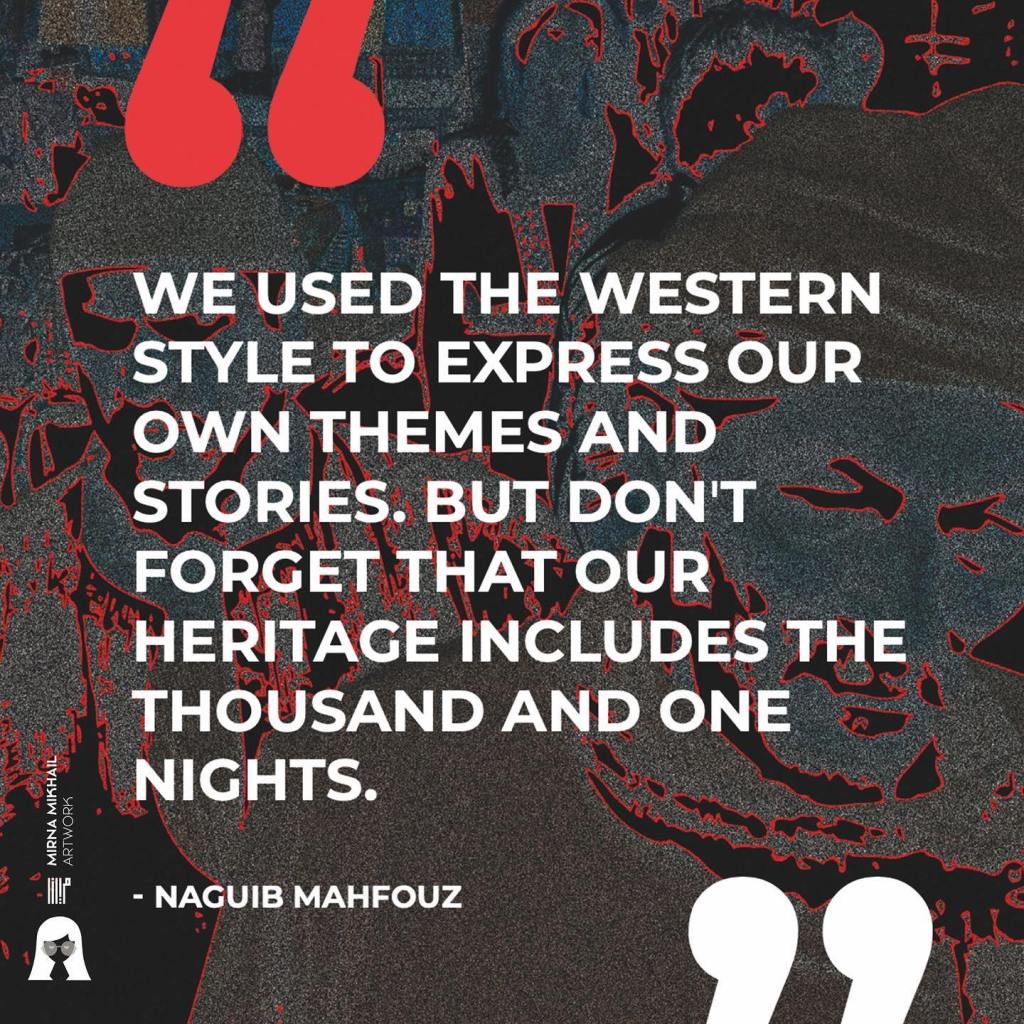November 30, 2022
Mirna Mikhael
The life of the city is full of movement, tales, struggles and entertainment, especially if this city is Cairo. Cairo, the city of historical, cultural and social layers.. Moez’s Cairo, the jewel of the east, Misr AlMahrousa
It took Cairo a century to grow into the two distinct cities that it is today: the old Arab city in the eastern neighborhoods (Fatimid Cairo) and the modern European city in the western areas (Khedievial Cairo).
Since my childhood, I was and I remain a visual person. I visualize every word I read. I visualize music and sounds. I visualize smell. And I relate them all to their 4th Dimension, Time. All these elements don’t make sense without A PLACE!
Architecture has always been for me a sense of place, glance of memories and nostalgia. While walking in Cairo streets, so many memories invade my vision and I start visualizing many layers of history and how transformations and wrinkles can make a place more beautiful and cozy. I visualize “memories” of joy, sorrow, friendship, love, how events occurred in this particular phase of time, in this particular space.

The setting for the art piece Tectonics is “the Arabic city”* of Cairo. Naguib Mahfouz serves as a mediator. In this piece, Al-Hara (the alley) is figuratively represented by the Kahwagy, the copper man, the bakers, and the impoverished bread vendor.
I chose the project’s name, “Tectonics,” since it has a double entendre. Tectonics means the layers that make up the Earth’s crust. It can also be used to denote a specific rhythm or pattern. This double entendre is really helpful for the project’s metaphorical approach.
The heart of the city is these folks. They constitute a significant portion of the urban pattern of the city, and any negligence or intolerance toward them will have adverse impacts. They maintain a particular order.



The city of Cairo has always held a unique resonance for Nobel winner Naguib Mahfouz. It is a crucial component of his writing, acting as both the setting for almost all of his books and short stories as well as a distinct character in the dramas. Real people have always been as fascinating to Naguib Mahfouz as the fanciful characters that inhabit the ancient tunnels of the Cairo Trilogy and the microcosmic cul-de-sac of Midaq Alley.
Chess, is a favorite pastime among middle-class and lower-class residents of the aforementioned places and is more than just a game. It serves as a miniature representation of socioeconomic strata. Chess serves as a representation of daily life. Even though the titles of the pieces appear antiquated today, they represent the same way that commoners and aristocrats lived a thousand years ago. As a result, it also represents the tectonics of Cairo.
The pawns on the chessboard represent artisans or laborers. Since they are more numerous than any other piece on the board, they are frequently abandoned to defend the more precious ones.
Chess patterns constantly recur throughout the illustrations, each time carrying a different metaphor depending on their location on the canvas, allowing the audience to interpret them in their own way.
Between Mahfouz and me, It was a long game. We shared stories of people “the true people”. Layers overlap, collapse, exchange.
Chess was a game. A handcraft. A social level. A base and support.
Chessboard was Cairo, and Cairo was a chessboard, where the heart was crowded but really strong, dynamic and diverse.
The board borders and limbs were reserved, empty, weak, because without the heart “alive”, the game will be over.

Mirna Milad Mikhail: Architect, Graphic Designer and Visual Artist. Founder of Mirna Mikhail Artwork
***If you liked this article, don’t forget to subscribe to our newsletter and receive our articles by email.





